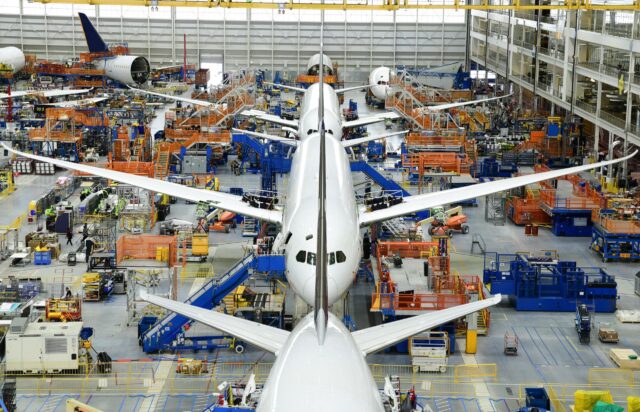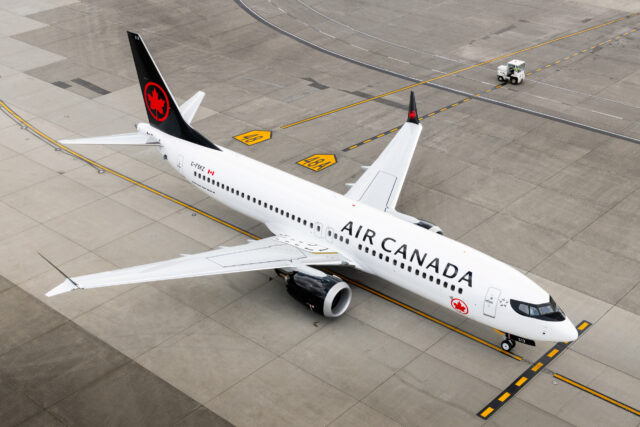Skyportz is giving away its eVTOL vertipad IP: Here’s the smart strategy behind the surprising move

June 12, 2025

Australian firm Skyportz is offering its patented modular vertipad design for electric vertical takeoff and landing (eVTOL) aircraft to interested US partners at no cost.
It comes on the back of an executive order issued on 6 June called ‘Unleashing American Drone Dominance.’ The order seeks to accelerate integration of advanced drones and eVTOLs into national airspace and urban environments.
In response to this order, Skyportz declared any companies aligned with the White House push could use its patented vertipad design without any licensing fees.
“Our patented vertipad solves key barriers to safe and scalable vertiport operations,” says Clem Newton-Brown, CEO of Skyportz. “It’s a highly affordable and science-backed product, and we’re excited to share it.”
How Skyportz solves two of the biggest eVTOL challenges
Skyportz has developed a modular vertipad that solves some of the most pressing issues for urban vertiports – downwash and outwash from the rotors, and effective suppression of battery fires.
The FAA’s EB 105A guidance notes that downwash and outwash of eVTOL rotors can generate hurricane force winds, presenting safety hazards in urban environments.
The Skyportz design tackles these issues by raising the vertiport platform, allowing downwash to dissipate through a grated deck surface. Movable blast walls and deflection barriers positioned at the periphery of the pad can redirect or absorb outwash, and are adjustable to suit different aircraft types.
“The unique combination of landing surface apertures, internal hardware and physical properties such as elevations and aero berms have been proven in Swinburne University studies to dissipate wind speed two and a half times faster than landing on a tarmac surface,” Newton-Brown explains to AGN.
Fire suppression is a must in any vertiport design, as lithium-ion batteries, such as those planned for use in eVTOLs, are prone to thermal runaway.

Skyportz addresses this risk with a fire suppression pit below the pad. In the event of a fire, the pit can flood with water, submerging the battery to contain toxic liquids and prevent fire spread.
The water is contained in a sealed substructure beneath the vertipad to prevent any environmental hazards. It has been designed to meet or exceed FAA and EASA standards for safety.
Why is Skyportz giving away its IP for free, and is anyone interested?
While giving away its IP may seem like an altruistic move, Skyportz is being quite strategic with this offer.
The eVTOL market is racing ahead on aircraft development, but the infrastructure is lagging behind. By releasing its IP early and freely, Skyportz gains a first mover advantage ensuring its design becomes the default and preferred platform.
The US is shaping up to be perhaps the most important early market for advanced air mobility (AAM). Skyportz is ensuring it’s right in the heart of AAM development, securing itself a seat at the table in early conversations with the FAA, NASA and local governments.
“We will soon be ready for full scale prototype testing,” Newton-Brown explains to AGN. “We would prefer to partner with real world users to collaborate at this stage. Rather than building a mock up vertipad at a test location, there is benefit for Skyportz to see our design built in active airport locations.”
The Skyportz CEO notes that discussions are already ongoing with four airports in the US. He adds that the company is looking to collaborate with OEMs directly, to maximise the benefit for their particular airframe.
“Being able to sell the package of an aircraft fleet together with a solution to facilitate a network of destinations will be a real point of difference that we can offer to help kickstart the industry,” he added.
“These early stage partnerships are about proving and improving the product,” Newton-Brown concludes. “There will be plenty of time to sell our product once it gains traction in real world settings.”
















